The Shaving Cream Cleaning Hack: A Pro’s Honest Guide
Over my couple of decades in home restoration, I’ve seen some wild cleaning hacks. Homeowners and even new folks on my crew are always asking about tips they find online. And honestly, the one that comes up constantly is using shaving cream for stains, smudges, and who knows what else. I get the appeal—it’s cheap, and you probably have a can under your sink right now.
In this article
But here’s the thing. My job isn’t just about making things look clean; it’s about not destroying them in the process. The first thing I teach anyone is to use the right product for the job. The wrong one can turn a simple spot into a permanent, costly disaster. So, when people ask if shaving cream really works, my answer is always a cautious… sometimes.
It’s a fantastic trick in a few very specific situations. But it’s a terrible mistake in many others. So, let’s go beyond the viral videos and talk about the ‘why’ behind it all. Understanding what’s actually in that can is the key to using this hack without regret.
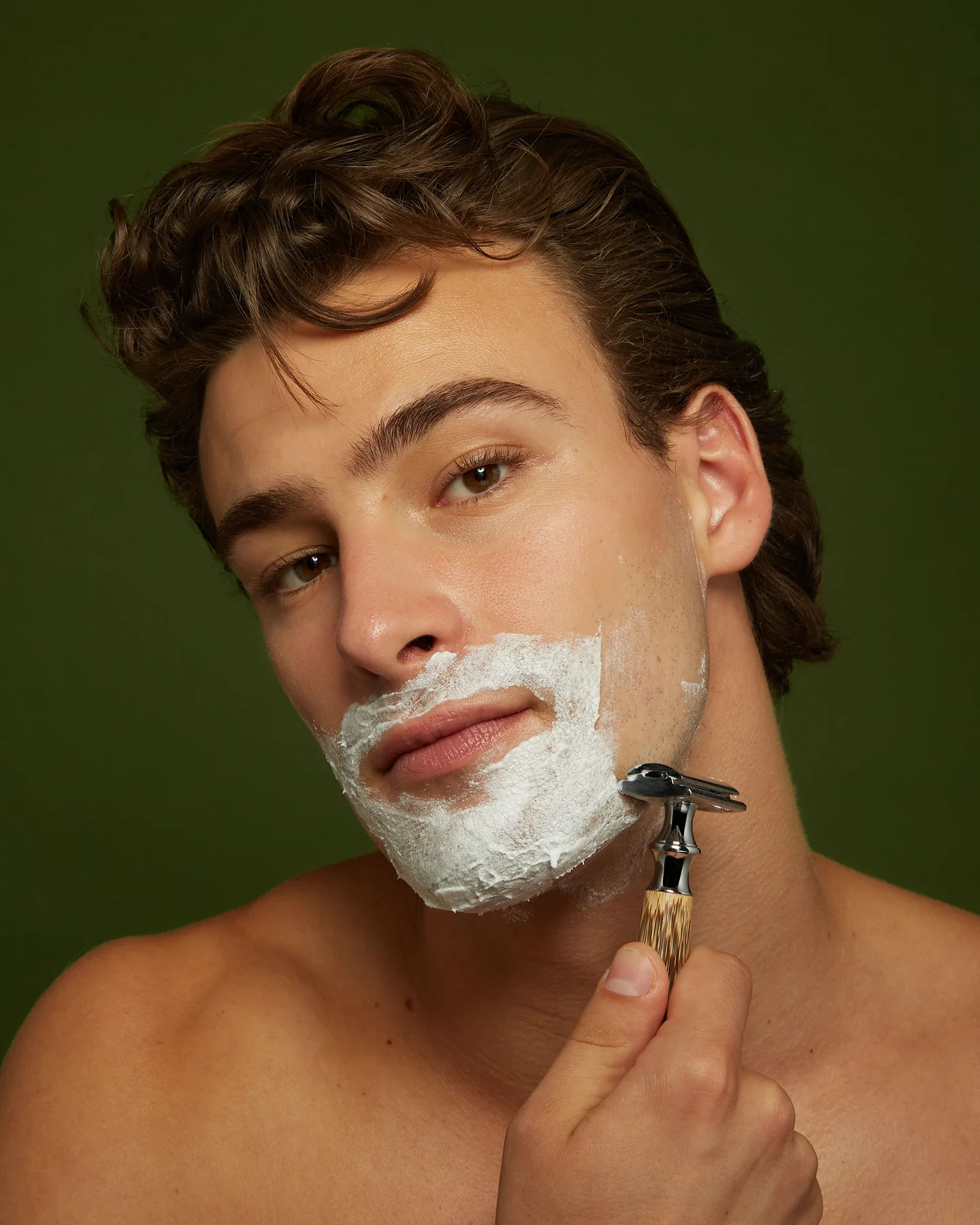
What’s Actually in the Can? (And Why It Sometimes Cleans)
To figure out where this stuff works, you need to know what you’re dealing with. It’s not magic; it’s just basic chemistry. Shaving cream was designed to do one thing: help a razor glide over your skin. Its cleaning power is purely an accidental side effect.
First off, let’s be clear: we are only talking about the classic, basic, white foaming cream. Think the old-school can of Barbasol for about $2, or a generic store brand. Avoid the fancy gels, medicated versions, or anything with heavy dyes and fragrances that could leave their own stains behind.
Inside that can, you’ve got a few key players:
- Soaps & Surfactants: This is where the cleaning action comes from. These are the workhorses that lift dirt and oil. A surfactant molecule has two ends—one grabs onto water, and the other grabs onto grime. This allows the gunk to be lifted away and rinsed out, just like with dish soap.
- Water: Shaving cream is mostly water, which acts as the vehicle to carry everything.
- Stabilizers: These are what keep the foam from collapsing instantly. The stable, airy foam is the real secret sauce here. It has a huge surface area and can sit on top of a stain, letting the soaps work without soaking the material underneath. This is a lot like how professional upholstery cleaners work, though their formulas are way more advanced.
- Propellants: Things like isobutane and propane are what whip the liquid into foam when you press the nozzle. This brings us to a crucial point…
Heads up! This stuff is flammable. Seriously. Those propellants are the same kind of gases you’d find in a lighter. Don’t ever use shaving cream near a lit candle, a gas stove, a water heater pilot light, or any kind of open flame. It’s a legitimate fire risk that most people don’t think about.
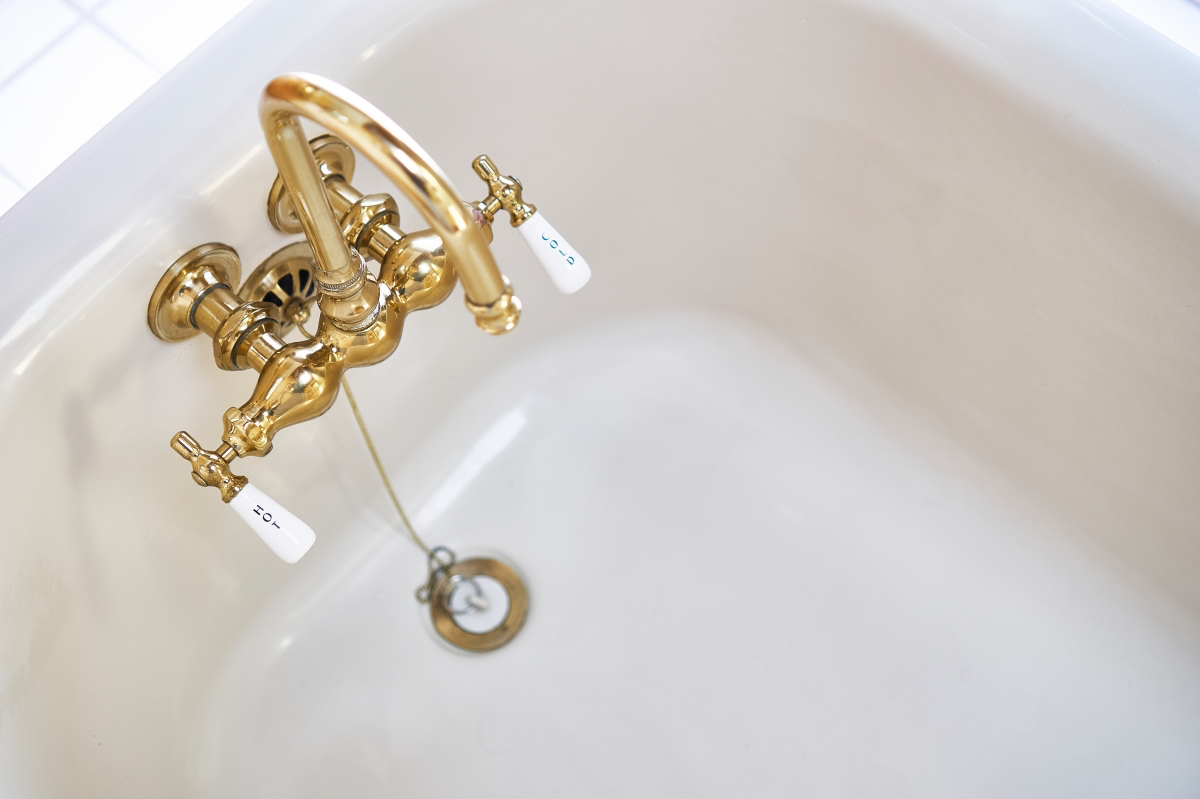
Approved Uses: Where Shaving Cream Can Actually Work
Okay, with that chemistry lesson out of the way, let’s talk about the few times where reaching for the shaving cream is a decent idea. But my number one rule always applies: test it on a hidden spot first! Check for any color change or damage before you go all-in on a visible area.
1. Minor Spot-Cleaning on Carpets & Upholstery
This is the most popular use, and for small, fresh spills on synthetic fabrics, it can be a lifesaver. I’ve definitely used it in a pinch to lift a fresh coffee drip from a polyester rug on a job site. The key is to act fast.
Here’s the pro technique:
- Gently scrape off any solids with something dull, like a spoon.
- Apply a small dollop of the white foam—just enough to cover the stain.
- Using a clean, white cloth, gently blot the foam. Work from the outside of the stain inward to keep it from spreading. Don’t scrub! You’ll just damage the fibers and push the stain deeper.
- Let it sit for about 15-20 minutes.
- With a new, clean cloth dampened with cool water, blot the area again to “rinse” out the soap and the grime it lifted.
- Finally, blot with a dry cloth to absorb as much moisture as you can, then let it air dry completely. Once dry, give it a quick vacuum to fluff the fibers and remove any dry residue.
Quick tip: Your couch might have a faint “barbershop” smell for a day or so, but it usually fades quickly.

Let’s talk cost-effectiveness. Is this really cheaper? A can of shaving cream is about $2. A bottle of a dedicated carpet spot remover like Folex, which I swear by, is around $6-$7 at places like Home Depot or online. For a tiny, one-time stain, the shaving cream works. For anything serious or if you have kids and pets, investing in the real stuff is absolutely worth it.
Oops, I made it worse! Sometimes, if you use too much or don’t “rinse” it well, you can be left with a sticky, soapy spot that attracts dirt. If that happens, mix a few drops of clear dish soap in a cup of water. Dampen a cloth in the soapy water and blot the area, then “rinse” again with a cloth dampened with plain water. It should fix the stickiness.
2. Defogging Your Bathroom Mirror
This is a classic trick that actually works beautifully. The fog on your mirror is just tiny droplets of water condensing on the cool glass. Shaving cream leaves behind an invisible film that prevents these droplets from forming.
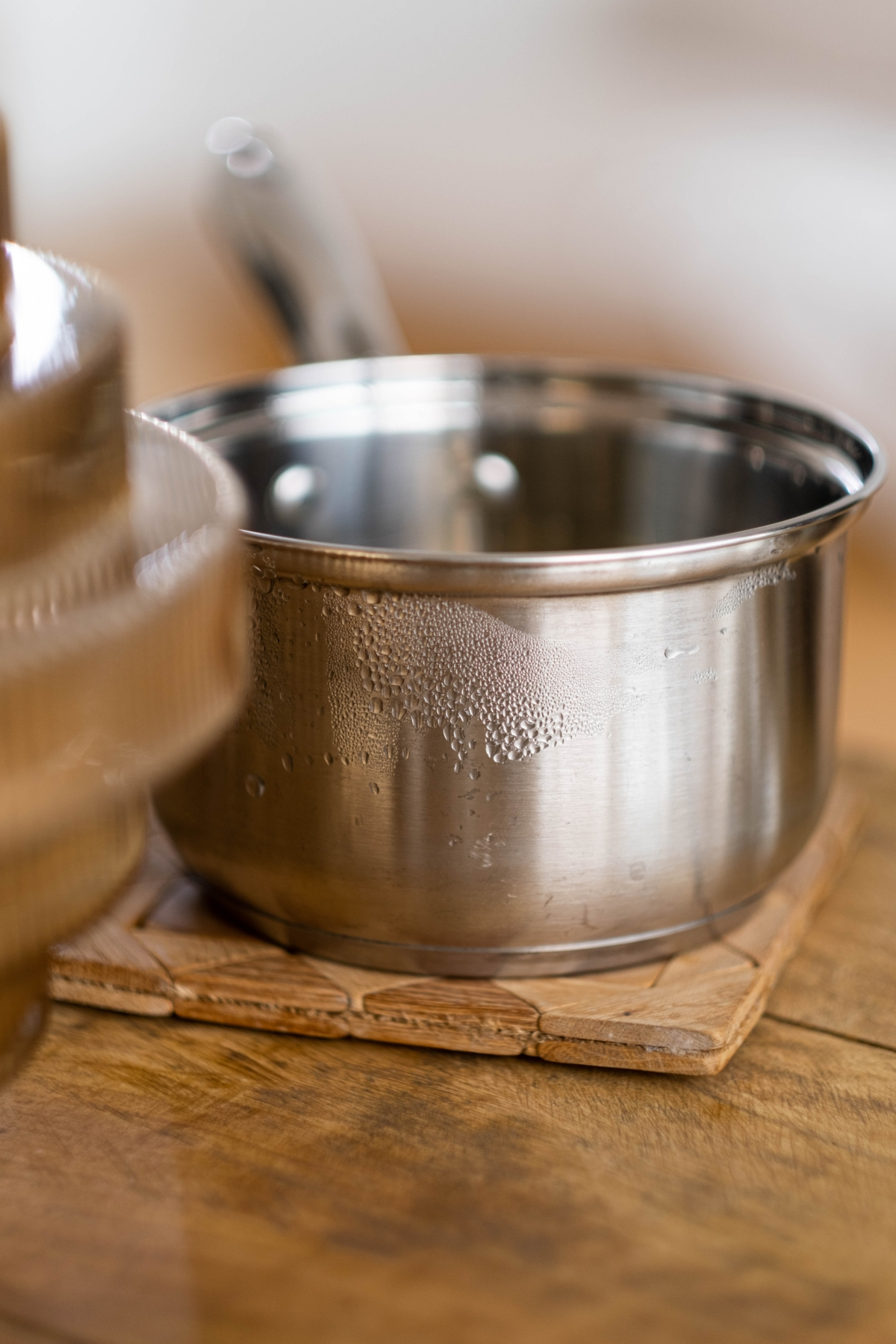
Here’s what you do. Start with a clean, dry mirror. Put a small dab of foam on a microfiber cloth, wipe it all over the mirror, then use a second, clean, dry cloth to buff it all off until it’s perfectly clear. That’s it.
I’ll even give you a challenge: go try this right now. It takes two minutes. Come back and tell me if your mirror isn’t fog-free after your next shower. It’s a temporary fix—you’ll need to reapply it every week or two—but it’s fast, cheap, and effective.
3. A Quick Shine for Stainless Steel
Fingerprints on stainless steel are just oil from your skin. The surfactants in shaving cream can break down those light oils pretty well.
Just apply a thin layer, wipe with a soft cloth in the direction of the metal’s grain (look closely, you’ll see faint lines), and then buff it dry with a clean cloth. It works for a quick touch-up if you have guests coming over and you’re out of your normal cleaner. However, dedicated stainless steel cleaners often contain oils that leave a protective barrier to resist future fingerprints. Shaving cream just cleans; it doesn’t protect.

Hold On! When to Put the Can Down (Please Read This)
Now for the most important part of this whole conversation. The internet is full of terrible advice that can lead to you permanently ruining your stuff. As a professional, this is what I want you to remember most.
NEVER use shaving cream on these surfaces. Ever.
- Finished Wood: The chemicals and water in shaving cream can strip the finish right off your wooden tables, floors, or cabinets, leaving a dull, damaged spot that’s a nightmare to repair.
- Leather: This is a huge no. Shaving cream will dry out leather, causing it to become brittle and crack over time. It strips the natural oils that keep leather soft and supple.
- Natural Fibers (Silk & Wool): As I mentioned earlier, this is a big risk. The pH and detergents in shaving cream are too harsh for delicate natural fibers. You can easily cause permanent discoloration or texture damage to a pricey wool rug or silk pillow.
- Your Car’s Paint Job: I can’t believe I have to say this, but yes, people try it. Shaving cream can be slightly abrasive and contain chemicals that will damage your car’s clear coat. Just don’t.
- Glass with Special Coatings: While it’s fine for a basic mirror, don’t use it on eyeglasses, computer monitors, or TV screens with anti-glare or oleophobic (oil-repelling) coatings. It can damage or strip them.
So, to be frank, while the shaving cream hack has its moments for a quick fix, it’s more of a party trick than a reliable cleaning solution. Knowing when to grab the dedicated cleaner is what separates a smart homeowner from someone with a very expensive repair bill.
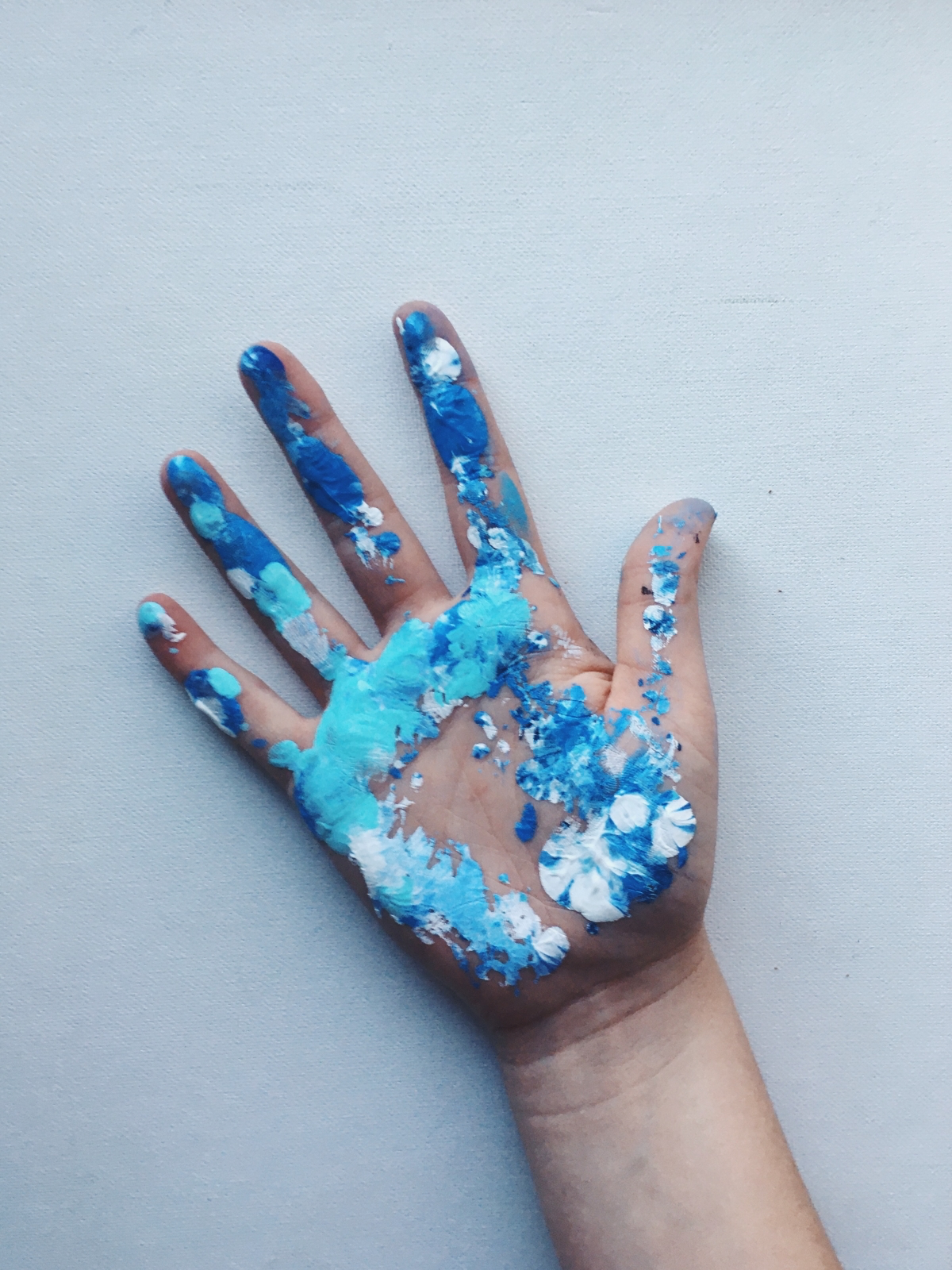
Galerie d’inspiration
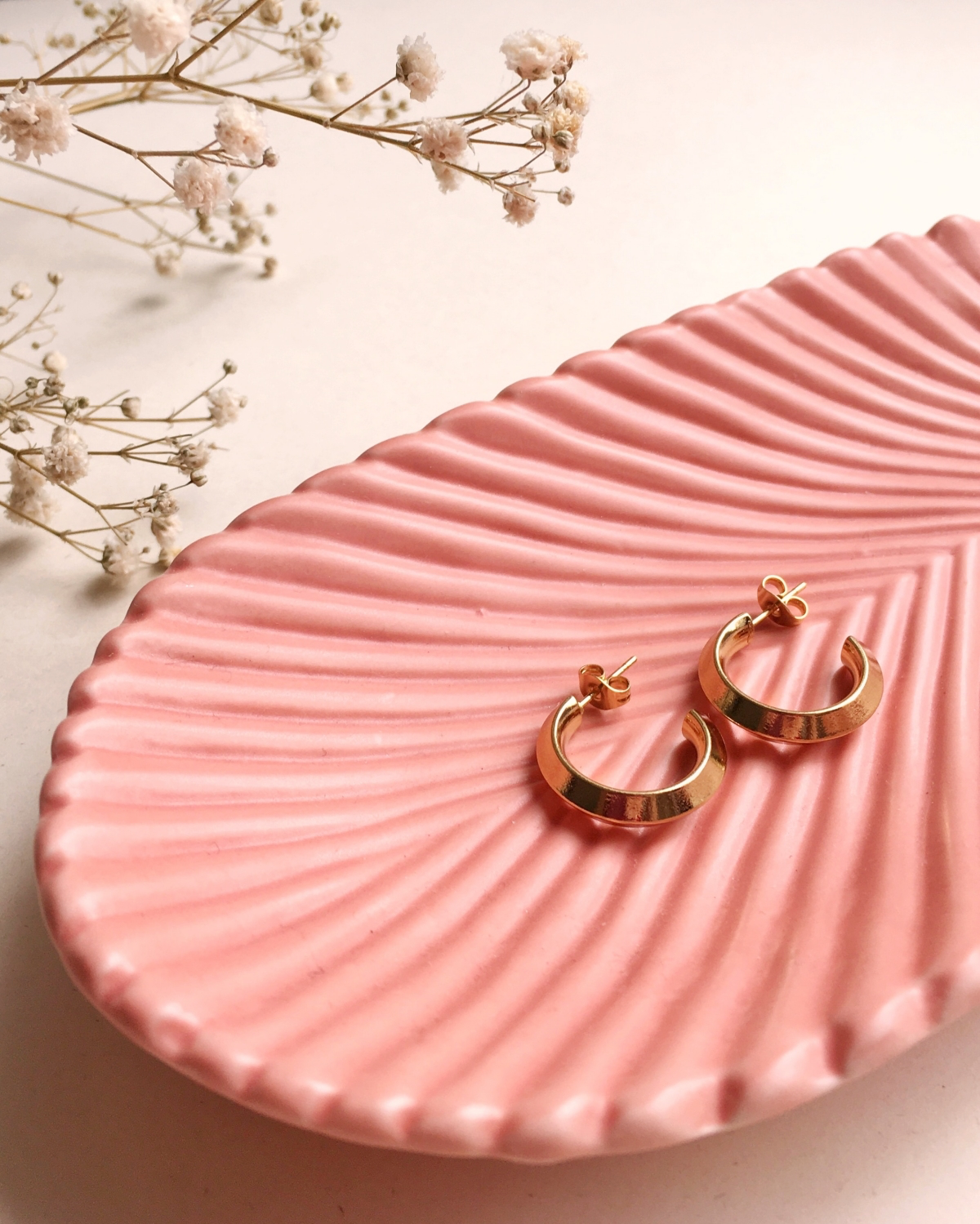
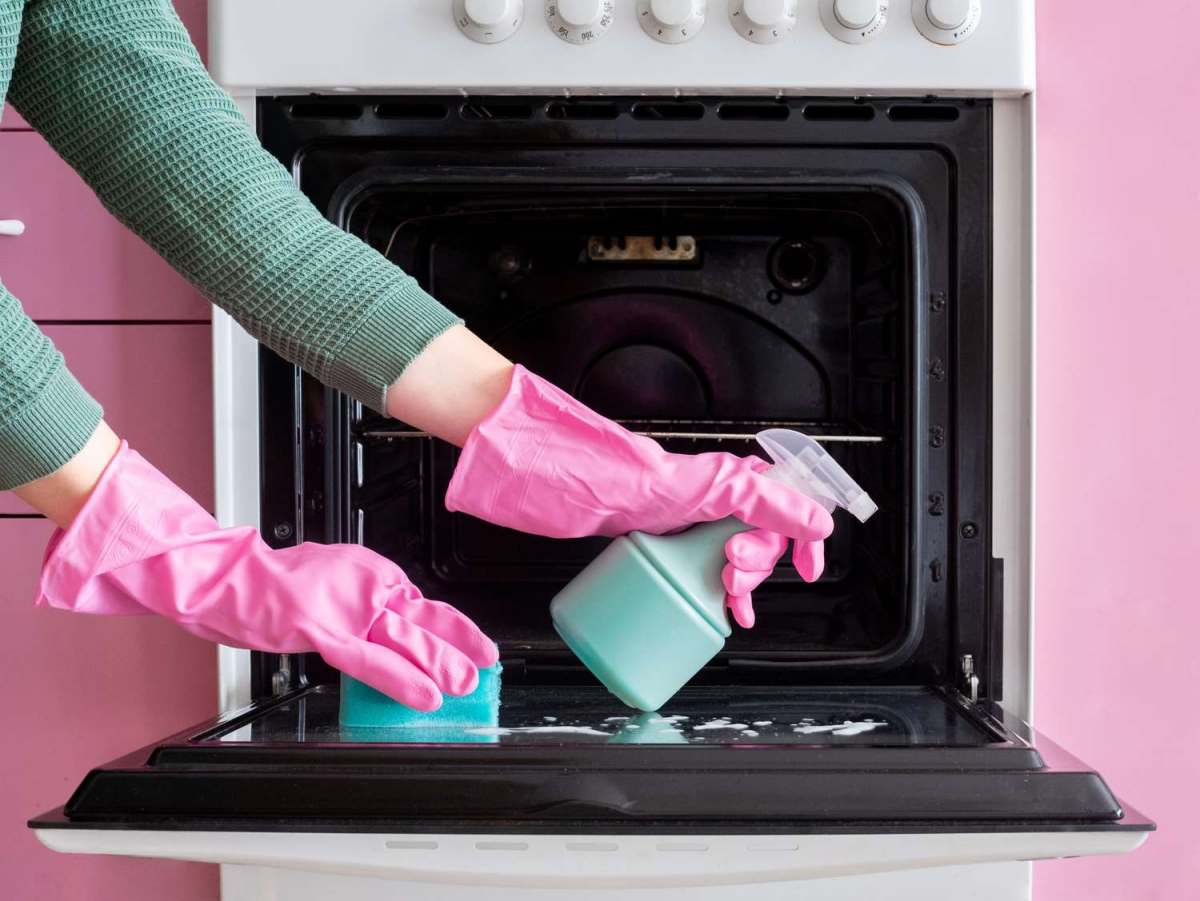
The Pro’s Alternative: Shaving cream is cheap, but for just a few dollars more, a dedicated spot cleaner often yields better and safer results. A bottle of Folex Instant Carpet Spot Remover, for example, is specifically formulated to break down a wide range of household stains without leaving a soapy residue that can attract more dirt later.
The Verdict: For a one-off emergency, shaving cream is a decent gamble. For reliable, long-term cleaning, invest in the right tool for the job.
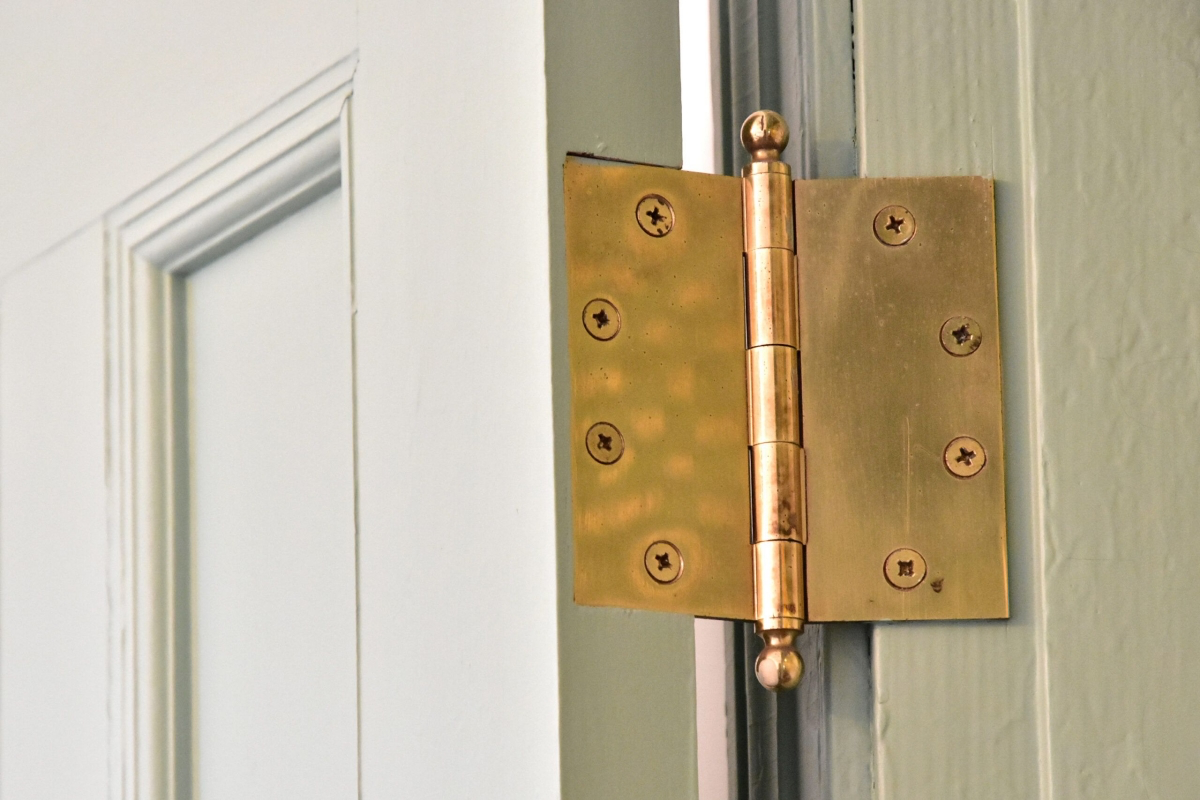
An estimated 8 billion aerosol cans are produced worldwide each year, with shaving cream being a significant portion.
The propellant gas inside, like isobutane, is key to the foam’s structure. It’s what makes the foam light and airy, allowing it to sit on a surface without instantly soaking it. This is a major advantage on materials like microfiber or certain carpet fibers, where oversaturation can lead to water rings and damage.
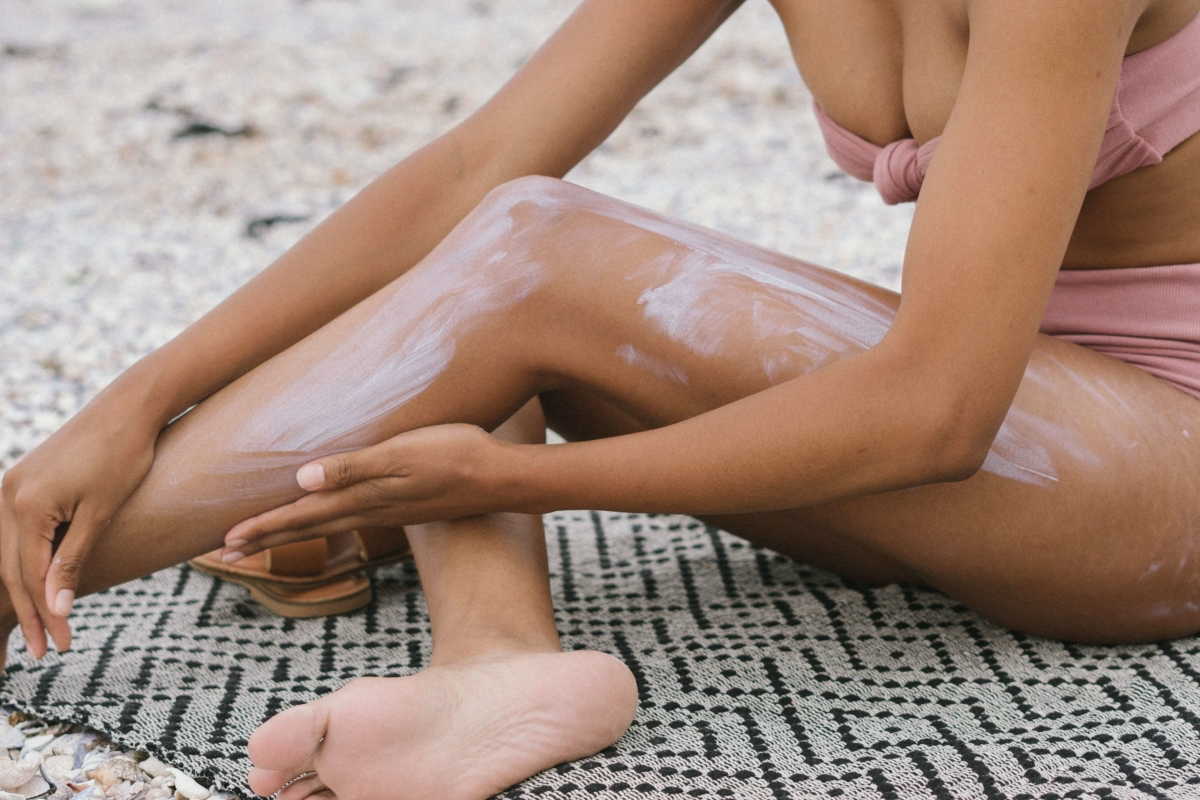
Can you really use it to remove makeup stains from a collar or cuff?
Yes, this is one of the more effective uses for the hack. Foundation and lipstick are often oil-based, and the surfactants in the shaving cream are designed to lift oils. Gently work a small amount of basic white foam (like classic Barbasol) into the stain, let it sit for about 10 minutes, and then launder the garment as usual. Always do a spot test on a hidden seam first, especially with delicate or brightly colored fabrics.
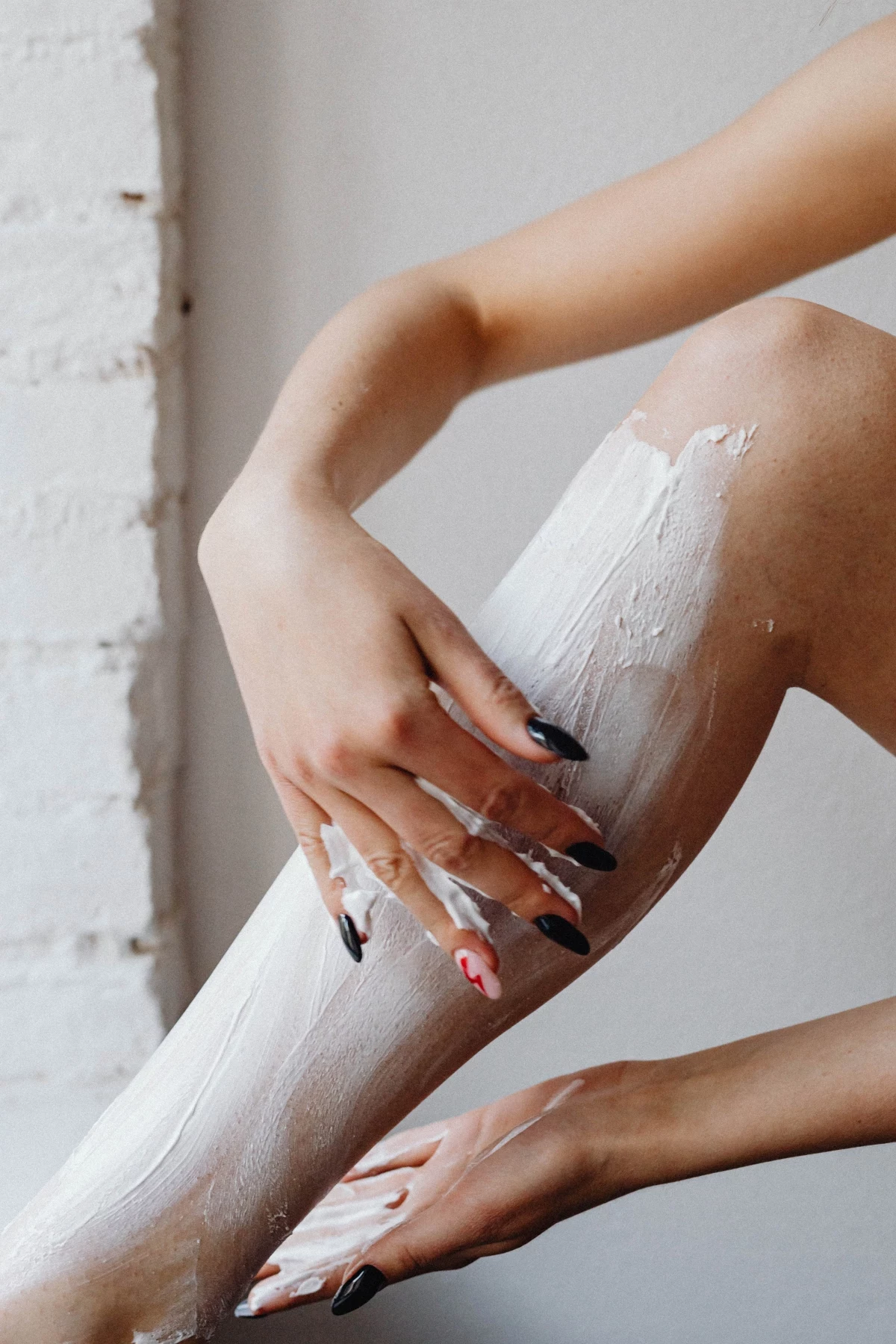
The foam’s magic lies in its ability to deliver soap with minimal moisture. This makes it a surprisingly good choice for refreshing water-sensitive materials. To clean a stubborn spot on a microfiber sofa:
- First, always test on an inconspicuous area.
- Spray a small amount of foam directly onto the stain.
- Let it sit for 15-20 minutes to allow the surfactants to work.
- Gently blot the area with a clean, damp cloth. Do not scrub, as this can damage the fibers.
- Let it air dry completely.
A critical warning: Never apply shaving cream to porous, unsealed, or delicate surfaces. The chemicals and moisture can cause irreversible damage. Steer clear of unsealed wood, natural stone like marble, suede, leather, and silk. The result won’t be a clean spot; it will be a permanent discoloration or texture change.










